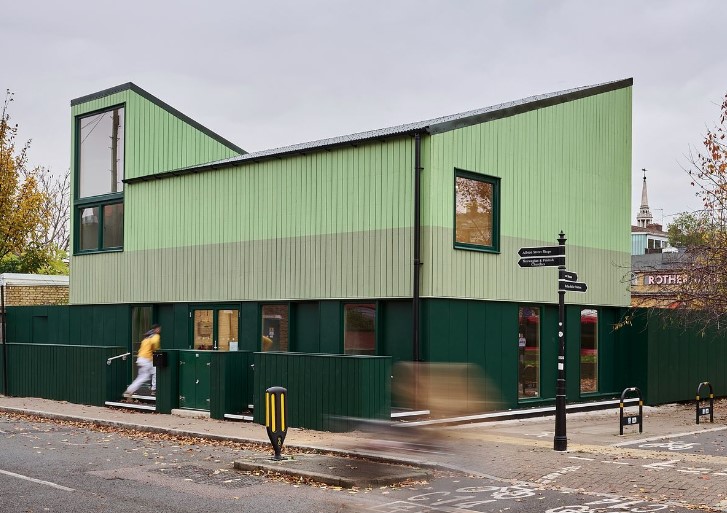Zero waste and carbon efficient - how London’s buildings are showcasing the circular economy
- CIRCuIT
- Sep 7, 2022
- 3 min read
Updated: Sep 9, 2022
By Dr Colin Rose
Did you know that buildings account for approximately one-third of global material consumption and waste? This is because historically we build with new raw materials extracted from the earth, and which often require energy-intensive processes (e.g., steel, cement); then once we no longer need them, we demolish buildings and make poor use of the materials they contain.
To help avert the climate emergency we need to dramatically reduce the CO2e emissions associated with our built environment.
The solution is a circular economy model, reducing the amount of virgin materials needed and the waste generated. In a circular economy, buildings are kept in use and operating at their highest value for as long as possible (e.g., by adapting and retrofitting rather than demolishing and building new ones) and materials are recovered and reused at the end of their first – and second, third or even fourth – life.
Encouragingly, through CIRCuIT we’re seeing more building and construction projects adopting circular economy principles in their design, construction, operation and future use. Discover some of London’s leading circular buildings here in our collection.
Each of the buildings in this inspiring collection exemplify circular construction principles and practice. For example, the existing buildings have been refurbished rather than demolished, maximising use of existing materials and fittings. Notably The Standard in King’s Cross, formerly an office space and now a 266-room boutique hotel, was repurposed and extended, and has retained its original concrete façade. Likewise, Chart Street Studios was refurbished from a furniture warehouse into a vibrant, modern office. The additions were purposefully designed for flexibility and adaptability – helping extend the building’s lifetime by 60+ years.
In a circular economy, materials used to construct new buildings are reused and recycled , often hand-in-hand with being sourced locally to reduce transport emissions. Eco-village BedZED was built using structural steel reclaimed from demolition. The Sands End Arts & Community Centre in Fulham was constructed with an innovative new brick made from waste products – the first time this product has been used in the UK.
Using reclaimed and locally-sourced materials can be an effective way to reduce embodied carbon – the CO2 emissions associated with materials and construction processes throughout the building’s lifecycle.
Circular buildings are designed for longevity, flexibility and adaptability. Take a look at the iconic Walter Segal Self-Build houses: their modular nature and panel construction means they can be extended, adapted and rearranged to suit residents’ changing needs.
Designing buildings for disassembly is also a key principle of circular construction. The Hithe, a low-cost demountable business incubator space in Rotherhithe, is designed to be taken apart and refabricated on a new site, meaning this “meanwhile space” can be used again and again – radically reducing its environmental footprint. Likewise, for Waterloo City Farm, the prefabricated timber frames can be deconstructed and rebuilt, and its mechanical fixings can be removed without damage to the structure.
Circular buildings aim to eliminate waste and regenerate nature, but it’s also critical that they ensure high social value. Bloqs, the UK’s first open-access factory, is an outstanding example of retrofitting a large-scale industrial site in line with circular economy principles. The factory provides professional makers with affordable workshop space, state-of-the-art equipment and the opportunity to join a community of fellow makers – achieving maximum social utility at minimal financial and environmental cost.
These are just a few of many outstanding examples of circular economy innovation taking place across London’s built environment. Take a look at our collection to explore more of these inspiring buildings – and go and visit them during Open House Festival (8-21 September 2022).
This blog was first posted on Open House Festival's website. Open House London runs from 8-21 September 2022. View CIRCuIT's collection, London's Sustainable Construction Innovators here.
To stay up-to-date with the latest CIRCuIT project news, you can sign up for our newsletter, here. Or follow us on social media: Twitter | LinkedIn.






Comments